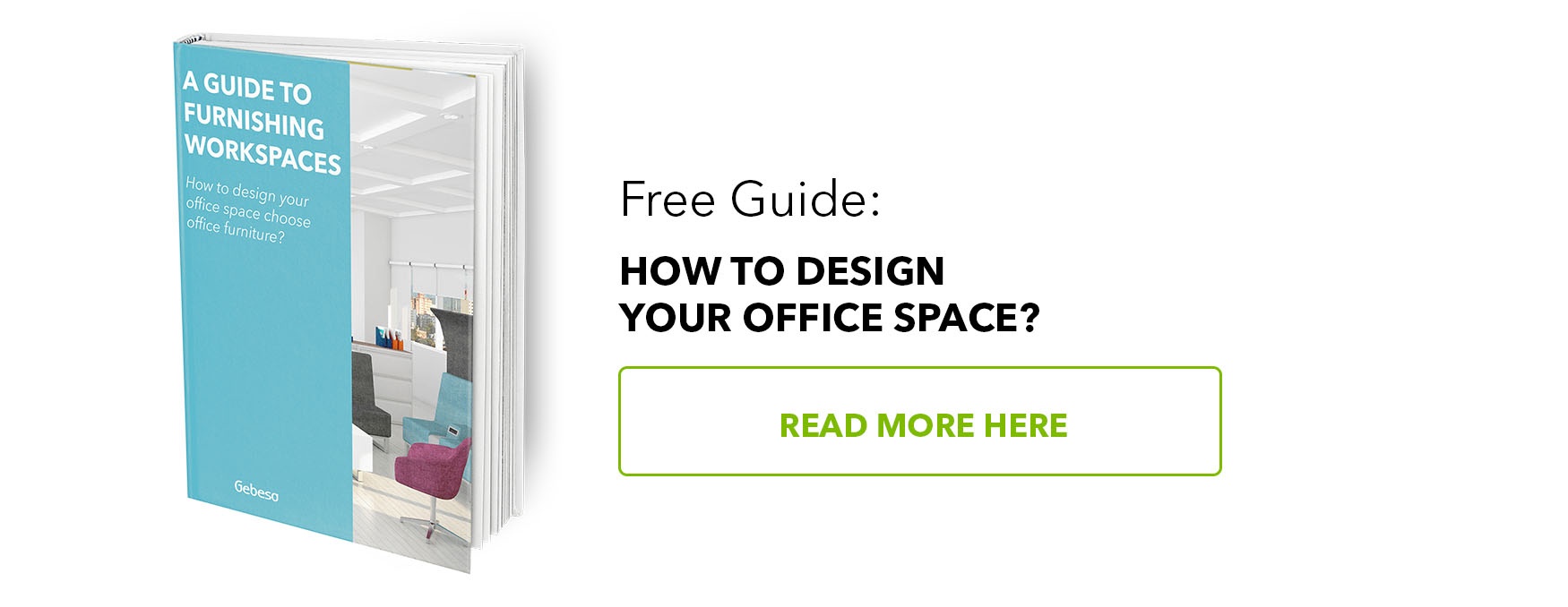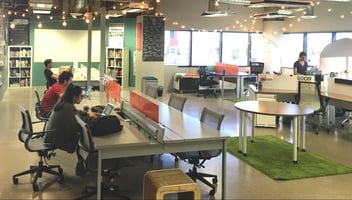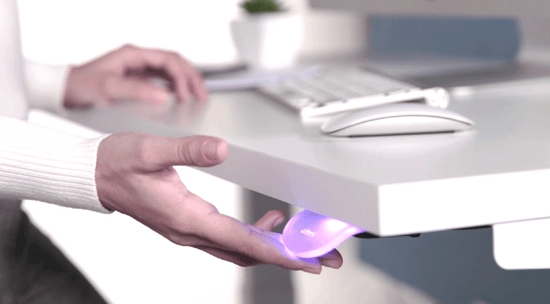8 Modern Office Features: Design & Productivity 2025
Color, lighting, open spaces, and decoration, among others, are some of the characteristics of modern offices.
Workspaces are no longer based only on the number of workers, they are also based on adapting to them to improve their stay, creativity, and, of course, productivity.
Many companies maintain the motto "healthy employees are happy employees" and under this premise, the design of modern offices depends largely on the needs and functions of users. In addition to providing all the comforts for collaborators to develop their activities, they also put companies at the forefront positively reflecting their culture, both internally and externally.
May you be interested in Modern Office Equipment Trends 2024
Why are modern offices more productive?
The success of modern office design is due to 4 main reasons:
1. Reduce talent loss
Both your collaborators and new candidates will prefer to remain in a place where they feel comfortable and valued.
Designing and decorating the office to improve their wellbeing will reduce the risk of losing staff due to health problems or poor working space conditions.
This includes furniture, decoration, lighting, workplace layout, etc.
All of these characteristics have a direct influence on work productivity and can have an impact on attracting and retaining talent, too.
2. Promote collaborative work
The philosophy of modern offices focuses on diminishing individual areas to promote teamwork in shared spaces.
This accentuates interaction and decreases tension between employees, which favors communication between departments and has a direct impact on the results obtained.
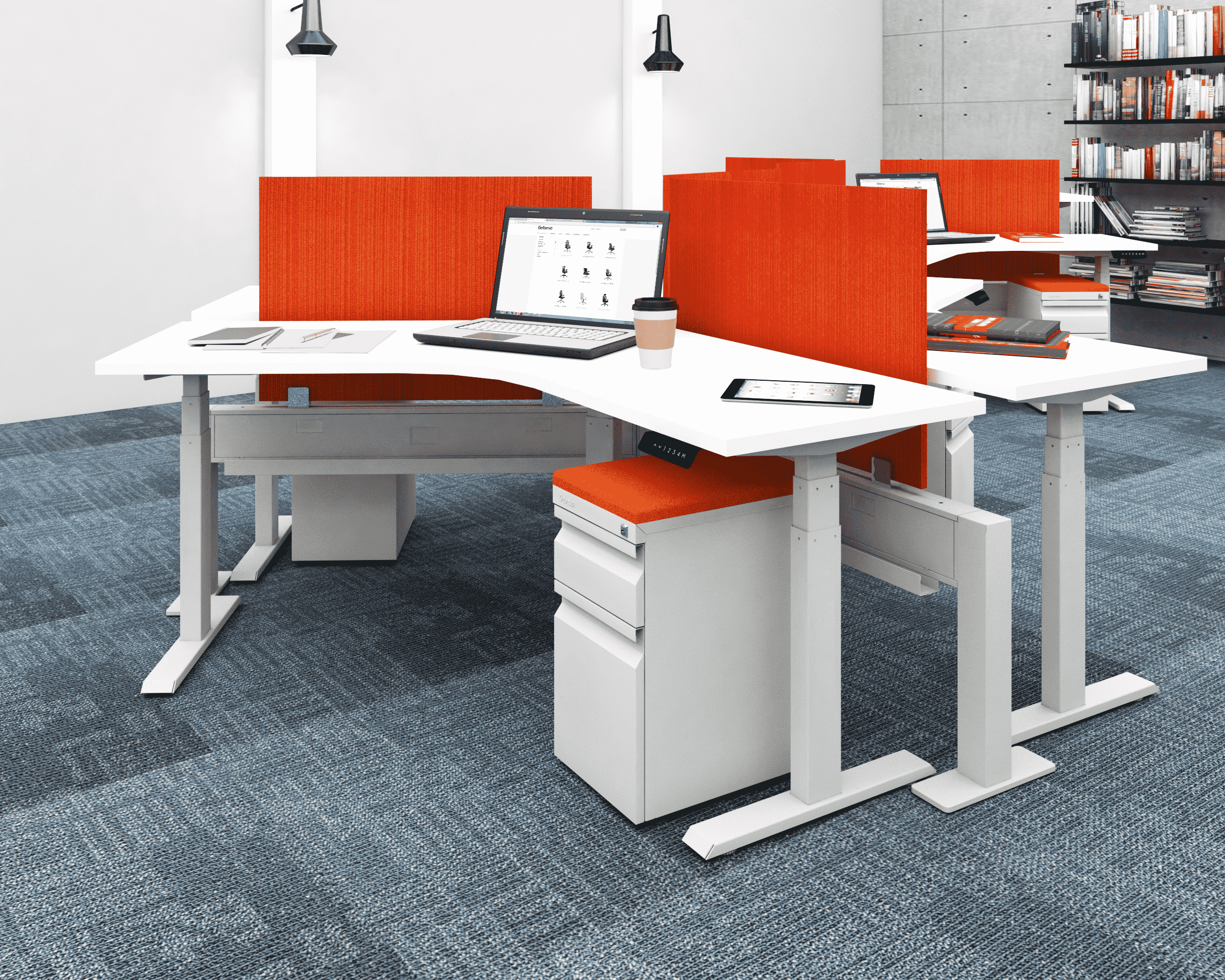
3. Encourage workers' creativity
Elements such as light, color, and decoration are essential to inspire your collaborators.
Rest and recreation areas, for example, are ideal for taking a break and allow employees to return to their activities, motivated and recharged.
4. Improves corporate identity
Redesigning your workspace into a modern office not only improves the performance of your employees but also helps you communicate the values of your organization.
Personalizing the office will make ideas flow more easily and help the business grow.
8 modern office features of design
Now, from theory to practice, how to design modern offices?
If we look at offices from 20 years ago, we see a clear evolution in the furniture, its distribution, decoration, colors, and concept.
Offices were smaller, with cubicles separating one laborer from another, and farther away you could find the place the director stayed, without shared spaces. Today, this is no longer the case.
8 main characteristics mark this evolution:
-
Ergonomic furniture
Ergonomics is nothing more than adaptation to the user and when it comes to designing modern offices, the furniture is intended to help prevent physical problems, and stress; and increase concentration.
Alternatives like the Loft executive chair combine the modern feel and the comfort of ergonomic furniture to work positively throughout the day.
How comfortable are your collaborators at work? Do they meet their goals efficiently? If your answers are negative, it would be good for you to check if they are suffering from any constant discomfort.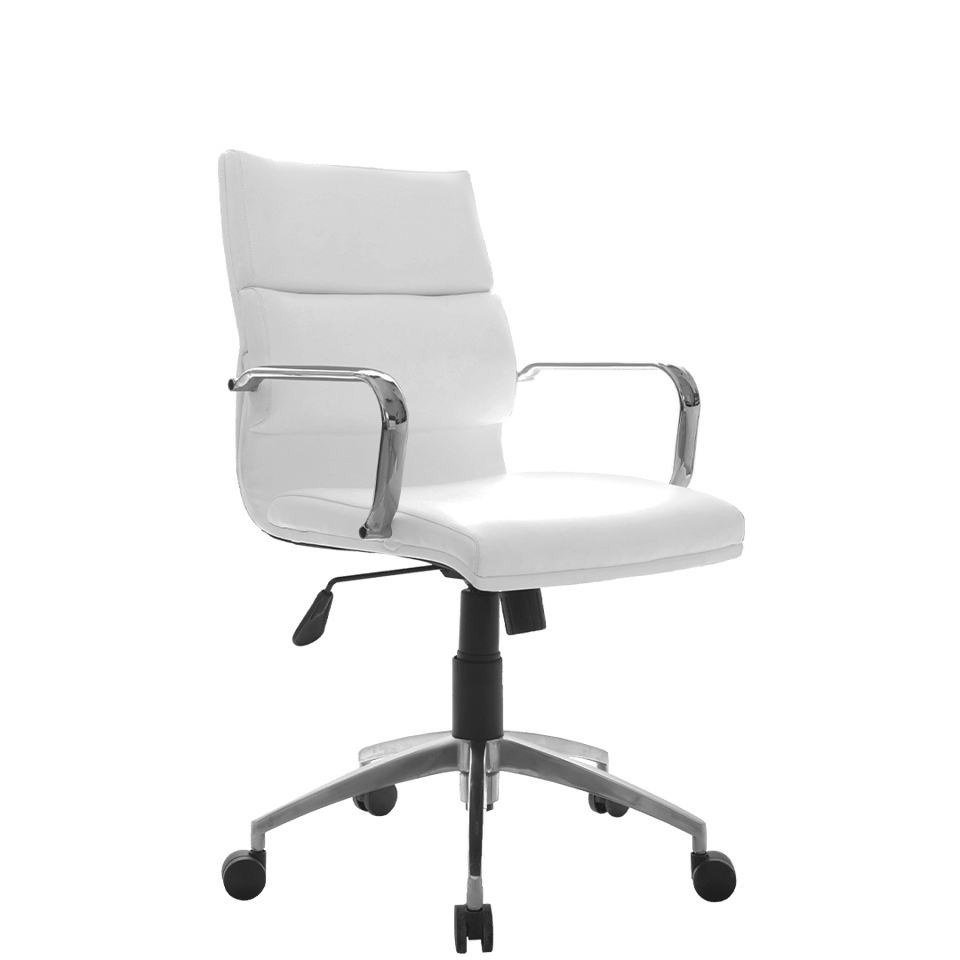
-
Multifunctional spaces
Since the forms of work have changed, the needs of workers have changed too. This means modern office design must also be practical and multifunctional.
So that we can give the workplace different uses, for example, for unplanned meetings, among a small number of employees, brainstorming, etc. Utilizing multi-functional furniture can help improve productivity in the office. -
Integrated technology
What would become of us without technology? It not only helps to streamline processes but also improves users' stay in the workplace.
Flat screens, projectors, and technological furniture including voice and data connections are some of the technological elements that facilitate the development of our activities in modern offices. That is why finding furniture that integrates technology is so important.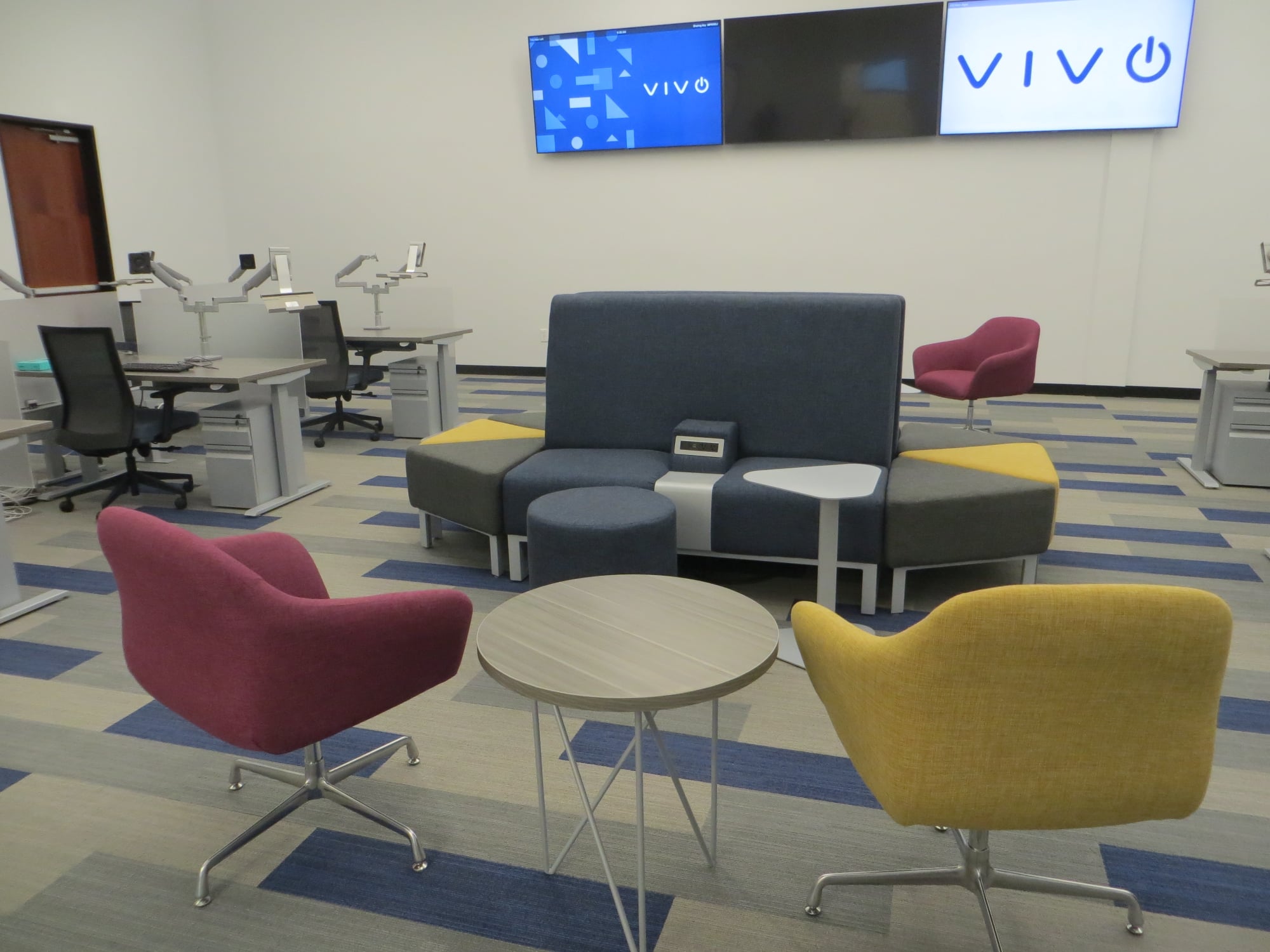
-
Collaborative environments
Trends in workspaces aim to abandon individual spaces and migrate towards collaborative ones, because they imply significant savings, promote creativity, improve communication, and increase productivity.
In this way, architectural barriers are eliminated, encouraging coworking between employees and departments. You can find a list of furniture to build a collaborative workspace here. -
Open spaces
It is increasingly common to find large windows in offices, with a view to the outside or a terrace, taking advantage of natural light and the feeling of warmth and spaciousness.
As mentioned above, the ways of working have changed and in these spaces, there is no distinction of position between workers. Naturally, there may be distractions in open spaces, but you can mitigate them by following some simple directions.
-
Recreation and rest areas
The need to reconcile work and personal life has led companies to be more aware of providing users with greater comfort and better tools to develop professionally.
Comfortable armchairs in areas of coworking, ping-pong tables, table football, or cafeterias, are increasingly common in modern offices and help workers to take a break, talk or meet informally, express ideas, and so on. -
Lighting
Lighting plays a key role in modern office design. Poor lighting can cause visual fatigue and negatively affect worker performance.
On the contrary, the correct use of different light sources, natural or artificial, improves the comfort and productivity of the users.
-
Decorative motivation
They are all elements that can help enhance creativity and inspiration in workers. Factors such as the color of the walls influence the mood of people.
Ideally, they should be combined according to the corporate image and light available; pale blues, greens, and greys are highly recommended in the modern office space.
Plants are also believed to promote concentration and help create peaceful environments, purifying the air and providing warmth.
Other examples would be paintings, murals, inspiring phrases, ornaments, etc. that depend on what we want to convey and the workspace.May you be interested in Modern office environments to inspire
Integrated Technology & Smart Spaces in Modern Offices
The modern office is no longer just a physical space; it's a dynamic environment enhanced by cutting-edge technology. Integrated technology and smart spaces are transforming how employees interact with their workspace, boosting efficiency, collaboration, and overall well-being.
From automated lighting and climate control to smart meeting room booking systems, these innovations create a seamless and intuitive experience. Imagine walking into a meeting room where the lights adjust automatically, the projector turns on, and your video conference starts with a single command. This level of integration minimizes distractions and maximizes productive time.
Smart sensors can monitor occupancy and environmental conditions, providing valuable data for optimizing space utilization and energy consumption. For instance, sensors can detect when a desk is vacant and automatically adjust temperature or lighting, leading to significant energy savings. Furthermore, advanced connectivity, including high-speed Wi-Fi and robust network infrastructure, is fundamental to supporting the myriad of devices and applications used in today's digital workplace. This ensures that employees can work efficiently from any corner of the office, fostering flexibility and agility. The integration of AI-powered tools, such as virtual assistants and predictive analytics for resource management, further enhances the intelligence of these spaces, making the office a truly responsive and supportive ecosystem for its occupants.Sustainability & Well-being: The Future of Office Design
As businesses increasingly prioritize environmental responsibility and employee welfare, sustainability and well-being have emerged as critical pillars of modern office design. Sustainable office design incorporates eco-friendly materials, energy-efficient systems, and waste reduction strategies. This includes using recycled or rapidly renewable materials for furniture and finishes, implementing LED lighting and smart HVAC systems, and designing for natural ventilation and daylighting to reduce reliance on artificial energy. Beyond the environmental benefits, sustainable practices often lead to healthier indoor environments, free from harmful chemicals and with improved air quality.
Employee well-being is at the forefront of this design philosophy. Offices are now being designed to support physical and mental health, recognizing that a healthy workforce is a productive one. This involves creating spaces for mindfulness and relaxation, such as quiet zones or meditation rooms, and incorporating elements of biophilia – the human innate tendency to connect with nature. Biophilic design includes integrating natural light, indoor plants, water features, and views of green spaces, which have been shown to reduce stress, improve cognitive function, and enhance overall mood. Additionally, features like ergonomic furniture, access to healthy food options, and facilities for physical activity contribute to a holistic approach to employee well-being. By prioritizing sustainability and well-being, modern offices are not just workplaces but environments that nurture both people and the planet.Start your modern office space with Gebesa
After getting to know the main characteristics of modern offices, would you be encouraged to create them? At Gebesa we have a wide variety of modern office furniture and other items that will help you build truly modern office space,. Yes I do!

